Signs of Heatstroke in Dogs and Cats and How to Prevent It
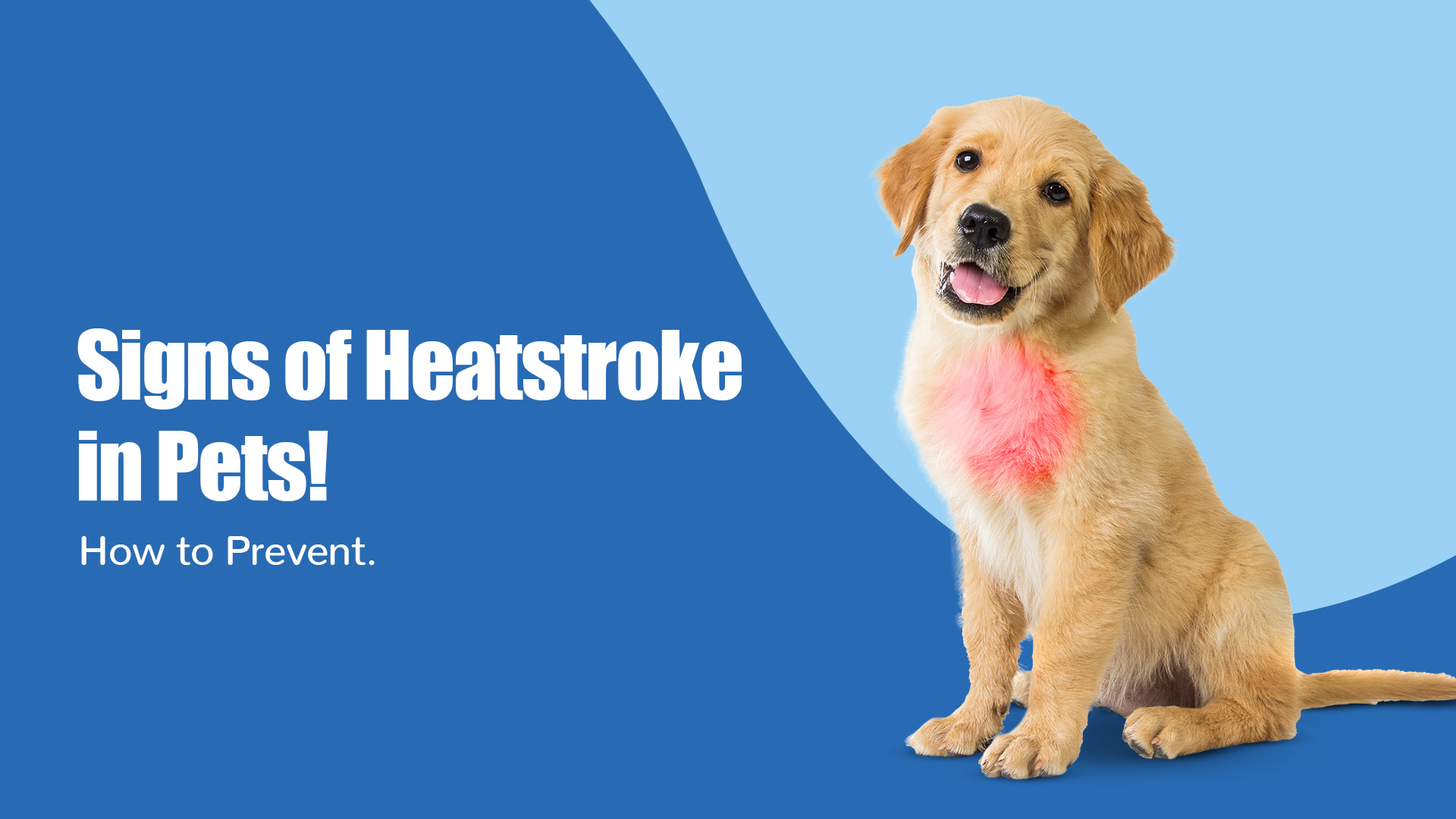
Understanding Heatstroke in Pets
Heatstroke is a serious risk for pets, especially in hot and humid conditions. When a pet’s body temperature rises too high, it can lead to organ damage and even death. Recognizing the early signs and understanding the causes can help pet owners take preventive measures to keep their furry friends safe.
What Is Heatstroke in Dogs and Cats?
Heatstroke, also known as heat exhaustion in pets, occurs when their body temperature rises to dangerously high levels, typically above 103°F (39.4°C). If left untreated, this condition can lead to organ failure, brain damage, and even death.
Dog stroke symptoms often include excessive panting, drooling, rapid heartbeat, vomiting, and lethargy. Cats, being more secretive about discomfort, may show signs like restlessness, open-mouth breathing, and drooling. If a pet's temperature surpasses 106°F (41.1°C), immediate intervention is necessary to prevent irreversible damage.
Causes of Heatstroke in Pets
Several factors contribute to heatstroke in dogs and cats. Understanding these causes can help pet parents take proactive steps to ensure their safety:
- High Temperatures & Humidity – Pets struggle to cool down in extreme heat, especially in humid conditions where panting becomes ineffective.
- Lack of Shade & Water – Insufficient access to cool water and shaded areas can increase the risk of dehydration and overheating.
- Exercise in Hot Weather – Running or playing outdoors during peak sun hours can quickly elevate a pet’s body temperature.
- Being Left in Cars – A parked car can turn into a death trap within minutes, even with windows cracked open. The internal temperature can rise dramatically, leading to fatal dog stroke symptoms.
- Flat-Faced Breeds & Health Conditions – Brachycephalic (flat-nosed) breeds like Bulldogs and Persian cats are more prone to heatstroke due to their restricted airways.
- Obesity & Thick Fur Coats – Overweight pets and those with dense fur coats struggle more in warm conditions, making them susceptible to heatstroke symptoms in cats and dogs.
Recognizing Heatstroke Symptoms
Heatstroke in pets can be life-threatening if not identified early. Dogs often show signs like excessive panting, drooling, and lethargy, while cats may exhibit open-mouth breathing and restlessness. Differentiating dog stroke symptoms from heat exhaustion is crucial to administering the right treatment. Understanding these warning signs ensures timely intervention and better chances of recovery.
Read More - Dog Dental Health
Heatstroke in Dogs: Common Signs to Watch For
Recognizing the early signs of heatstroke in dogs is crucial for preventing severe complications. Dogs rely on panting to cool down, but when their body temperature rises uncontrollably, they exhibit noticeable distress signals. Common symptoms include excessive panting, drooling, restlessness, and bright red gums. As heatstroke progresses, symptoms may escalate to vomiting, diarrhea, rapid heartbeat, and weakness.
Severe cases can lead to disorientation, seizures, or collapse, indicating an emergency. Dogs with thick coats, obesity, or flat-faced breeds are at higher risk. If you notice any of these signs, act fast—move your dog to a cool area, provide water, and seek immediate veterinary care. Dogs experiencing heatstroke may exhibit excessive panting, drooling, rapid heartbeat, vomiting, diarrhea, and extreme lethargy. In severe cases, they may collapse or experience seizures. If your dog shows any of these heatstroke symptoms in dogs, immediate action is required to cool them down and seek veterinary assistance.
Dog Stroke Symptoms vs. Heatstroke: Key Differences
While dog stroke symptoms and heatstroke can appear similar, they have distinct causes and require different treatments. A stroke is typically caused by a blood clot or a disruption in blood flow to the brain, leading to sudden disorientation, loss of balance, muscle weakness, and difficulty walking. Dogs experiencing a stroke may also have a tilted head, abnormal eye movements, or even collapse.
On the other hand, heatstroke in dogs results from prolonged exposure to high temperatures, causing overheating and severe dehydration. Symptoms include excessive panting, drooling, bright red gums, vomiting, and lethargy. If left untreated, heatstroke can lead to seizures, organ failure, or coma.
A key difference is that stroke symptoms tend to come on suddenly without a rise in body temperature, while dog heat exhaustion treatment focuses on immediate cooling and hydration. Understanding these differences is critical in ensuring the right medical intervention for your pet’s condition. While dog stroke symptoms and heatstroke can appear similar, they have distinct causes. A stroke is typically caused by a blood clot or brain issue, leading to sudden disorientation, loss of balance, and difficulty walking. In contrast, dog heat exhaustion treatment focuses on cooling the pet down and rehydrating them. Knowing the difference ensures the right medical intervention is provided.
Heatstroke Symptoms in Cats: What Pet Owners Should Know
Cats are more subtle in displaying signs of heatstroke, making it vital for pet owners to observe even the smallest changes in behavior. Heatstroke symptoms in cats often start with excessive grooming as they attempt to cool themselves down. As their condition worsens, they may exhibit restlessness, drooling, open-mouth breathing, or panting—an unusual behavior in felines. Their gums may turn bright red, and they may become weak or lethargic.
In severe cases, a cat may collapse, experience tremors, or show signs of disorientation. Immediate intervention is crucial: move your cat to a cool area, offer fresh water, and use a damp cloth to gently cool their body. However, avoid using ice-cold water as it can cause shock. Seeking veterinary care as soon as possible is essential to prevent complications. Unlike dogs, cats often hide their discomfort, making it crucial to recognize subtle heatstroke symptoms in cats. These include excessive grooming, restlessness, drooling, open-mouth breathing, and weakness. In severe cases, a cat may collapse or suffer from tremors. Immediate cooling and a visit to the vet can be lifesaving.
Also Read - Ways to Control Dog Shedding
Dog Heat Exhaustion Treatment and First Aid
Heat exhaustion in dogs is a critical condition that requires immediate attention. When a dog’s body overheats, it can lead to dehydration, organ failure, and even death if not addressed promptly. Understanding how to identify and treat heat exhaustion is essential for every pet parent, especially during hot weather. Taking quick action, such as moving your dog to a cool area and providing hydration, can make a significant difference in preventing complications. Seeking veterinary care when symptoms persist ensures the best outcome for your pet’s health and safety.
Immediate Steps to Cool Down an Overheated Dog
If you suspect heatstroke in dogs, taking swift action can make all the difference. First, move your dog to a shaded or air-conditioned area. Provide fresh, cool (but not ice-cold) water to drink. Use a damp cloth to gently cool their body, focusing on the paws, belly, and neck. A fan can also help in lowering their body temperature gradually. Avoid immersing them in ice water, as this can cause shock and worsen their condition.
Keep monitoring their symptoms while ensuring they remain calm. If your dog does not show signs of improvement within a few minutes, or if their condition worsens, proceed to the next step.
When to Seek Veterinary Help for Heatstroke
Even if initial cooling efforts seem effective, veterinary evaluation is highly recommended to prevent complications. Seek immediate medical attention if your dog:
- Remains lethargic or unresponsive
- Has difficulty breathing or experiences seizures
- Shows a temperature above 104°F (40°C) despite cooling attempts
- Exhibits vomiting or diarrhea, indicating dehydration or internal distress
A veterinarian may administer intravenous fluids, oxygen therapy, or other treatments to stabilize your pet and prevent long-term damage. Timely action is crucial in ensuring the best possible outcome for dogs experiencing heatstroke symptoms.
Preventing Heatstroke in Dogs and Cats
Keeping Pets Hydrated and Cool
Ensuring your pet stays hydrated is the first line of defense against heatstroke in dogs and cats. Always provide fresh, clean water in easily accessible locations, and consider using pet water fountains to encourage drinking. On hot days, offer ice cubes or chilled pet-safe treats to help keep their body temperature in check. Providing shaded areas or cooling mats can also help pets stay comfortable and prevent heatstroke symptoms in cats and dogs.
Safe Exercise and Outdoor Time in Hot Weather
Physical activity is essential for pets, but exercising in extreme heat can be dangerous. Avoid walks and playtime during peak sun hours; instead, opt for early morning or late evening outings when temperatures are cooler. Keep sessions short and always carry water during walks. For dogs, using cooling vests and walking on grass instead of pavement can reduce heat exposure and lower the risk of dog heat exhaustion treatment.
Best Cooling Products for Pets
Investing in cooling products can make a huge difference in preventing heatstroke symptoms in cats and dogs. Cooling mats, vests, and elevated pet beds allow for better air circulation, helping regulate body temperature. Frozen treats, cooling collars, and pet-friendly misting fans can also provide relief on particularly hot days. Ensuring a pet-friendly cooling environment can help reduce the chances of dog stroke symptoms and heat-related illnesses.
By staying vigilant and prepared, you can protect your furry friend from the dangers of heatstroke and ensure they stay happy and healthy during hot weather.
FAQs
1. How can I tell if my dog has heatstroke?
Heatstroke in dogs presents itself with excessive panting, drooling, bright red gums, vomiting, diarrhea, and lethargy. In severe cases, they may collapse, experience seizures, or become unresponsive. If you notice these symptoms, move your dog to a cool area immediately and provide water while seeking veterinary assistance.
2. Can cats get heatstroke indoors?
Yes, cats can suffer from heatstroke symptoms even indoors, especially if there is poor ventilation and no access to cool areas or fresh water. Signs include excessive grooming, drooling, open-mouth breathing, and lethargy. Ensuring proper airflow, shaded spots, and hydration can help prevent heat-related issues in cats.
3. How long does it take for a pet to recover from heatstroke?
Recovery time depends on the severity of the heatstroke. Mild cases may resolve within a few hours with proper cooling and hydration, while severe cases requiring veterinary treatment may take days or even weeks to fully recover. Some pets may experience long-term effects such as organ damage, so monitoring and follow-up care are essential.
4. What are the best ways to prevent heatstroke in dogs and cats?
Preventing heatstroke in dogs and cats involves keeping them hydrated, providing access to shade, and avoiding outdoor activities during peak heat hours. Cooling mats, fans, and pet-safe frozen treats can help regulate body temperature. Never leave pets in parked cars, and ensure proper ventilation indoors to keep them comfortable.
5. Is heatstroke fatal in pets?
Yes, heatstroke can be fatal if not treated promptly. If a pet’s body temperature rises too high for too long, it can lead to organ failure, brain damage, or death. Recognizing the early signs and acting quickly can significantly increase the chances of survival and a full recovery.







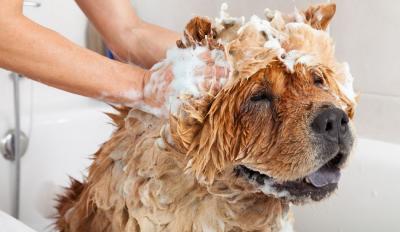
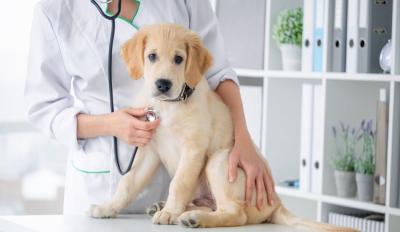

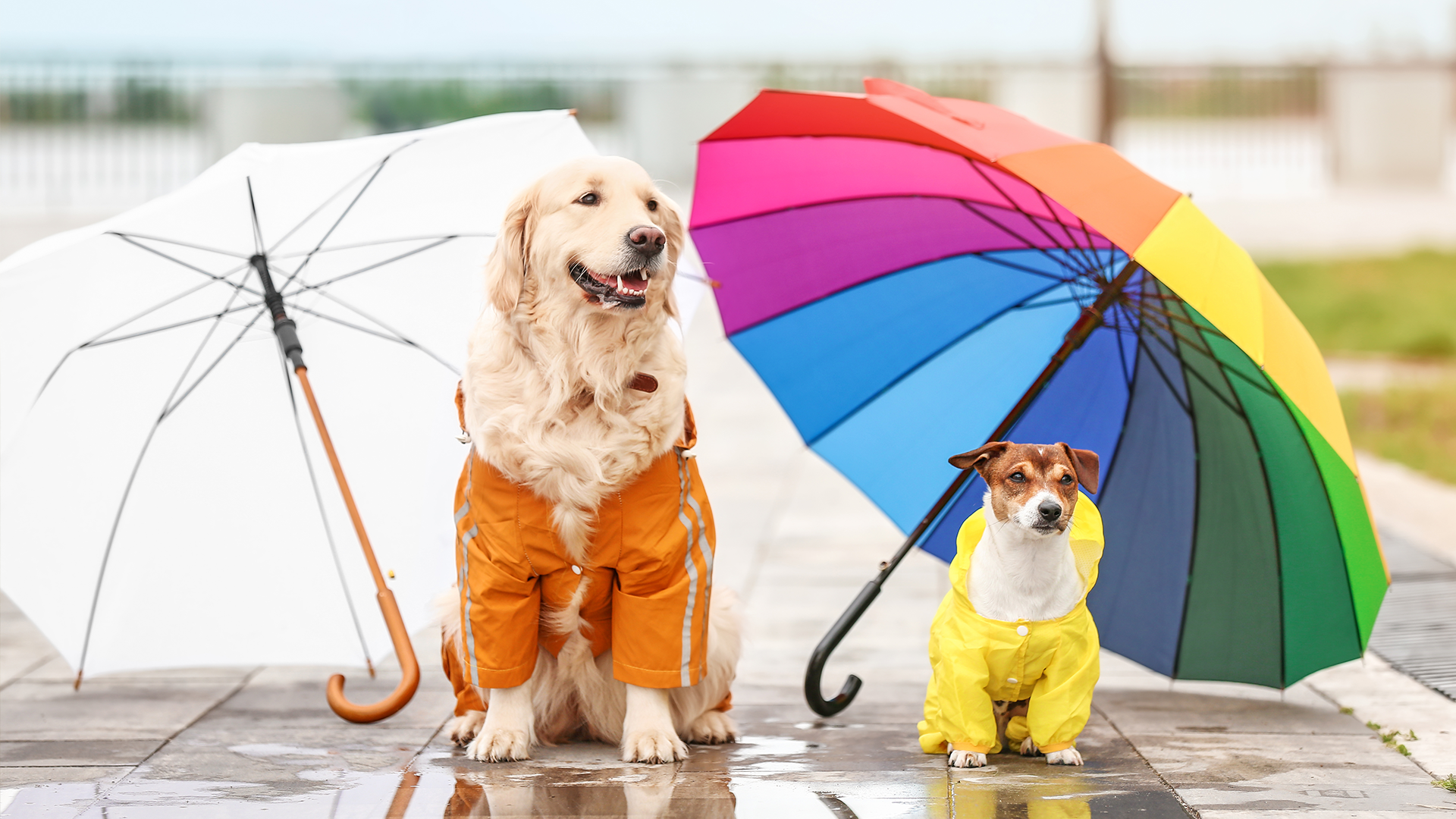


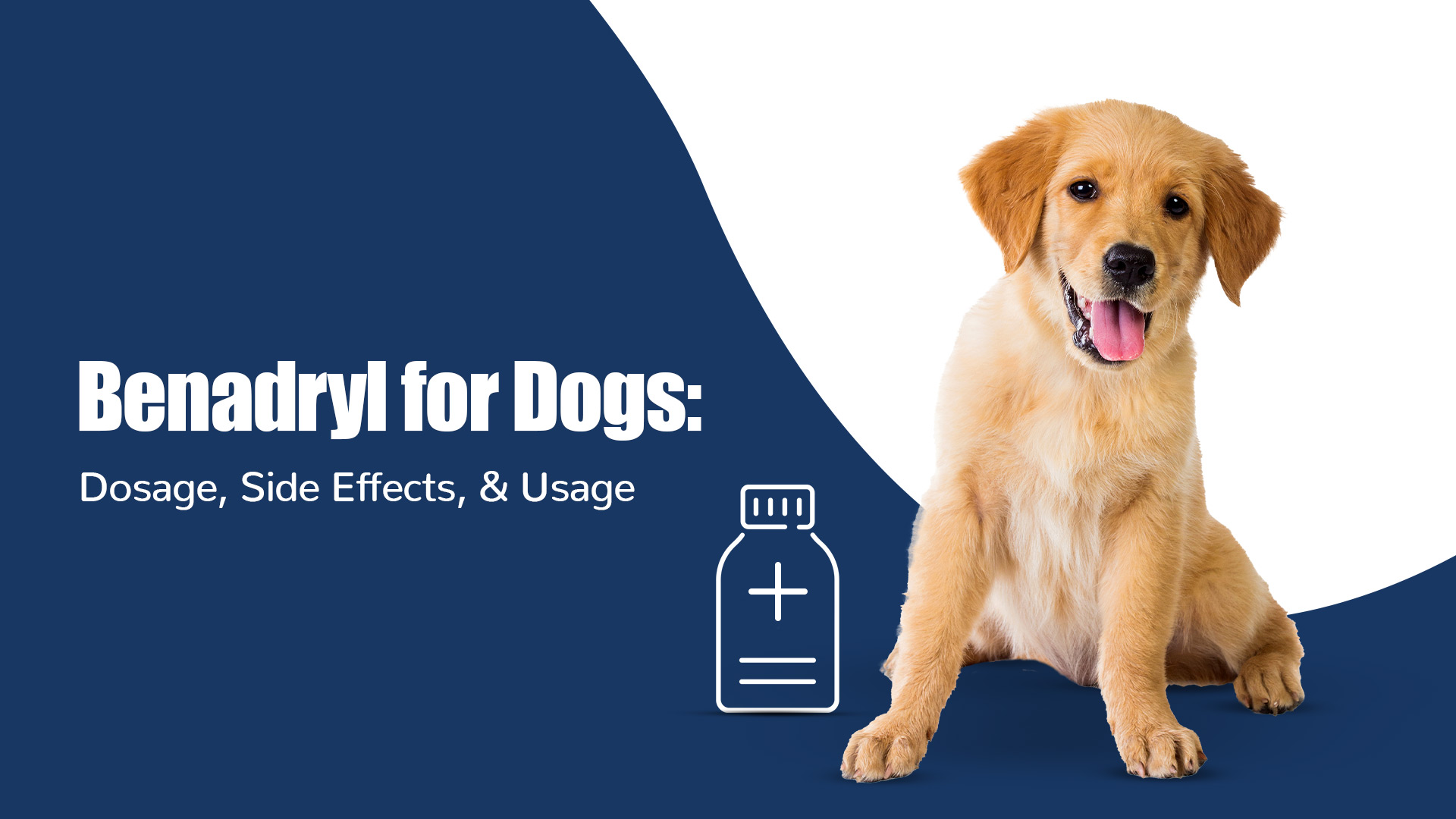
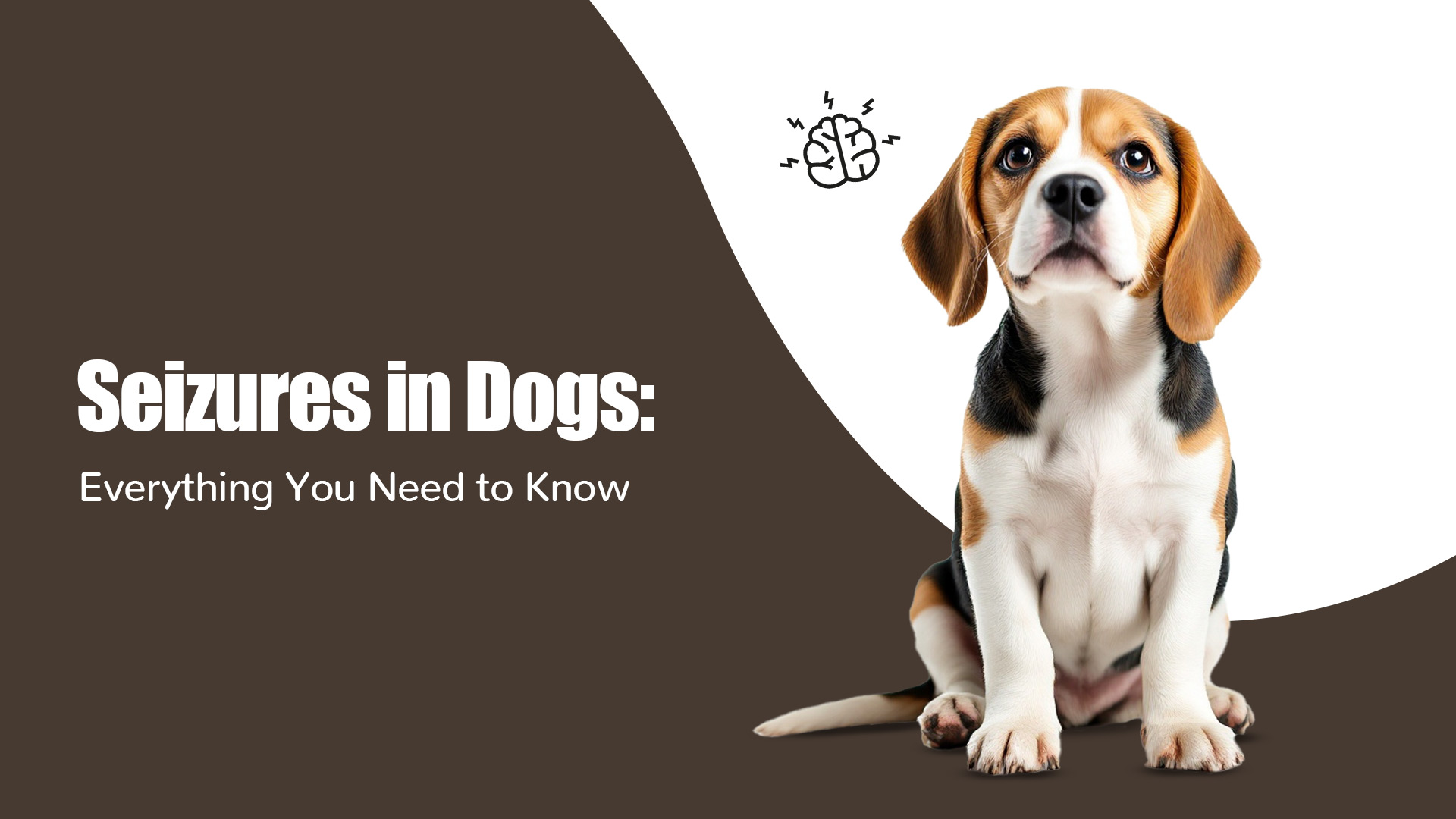


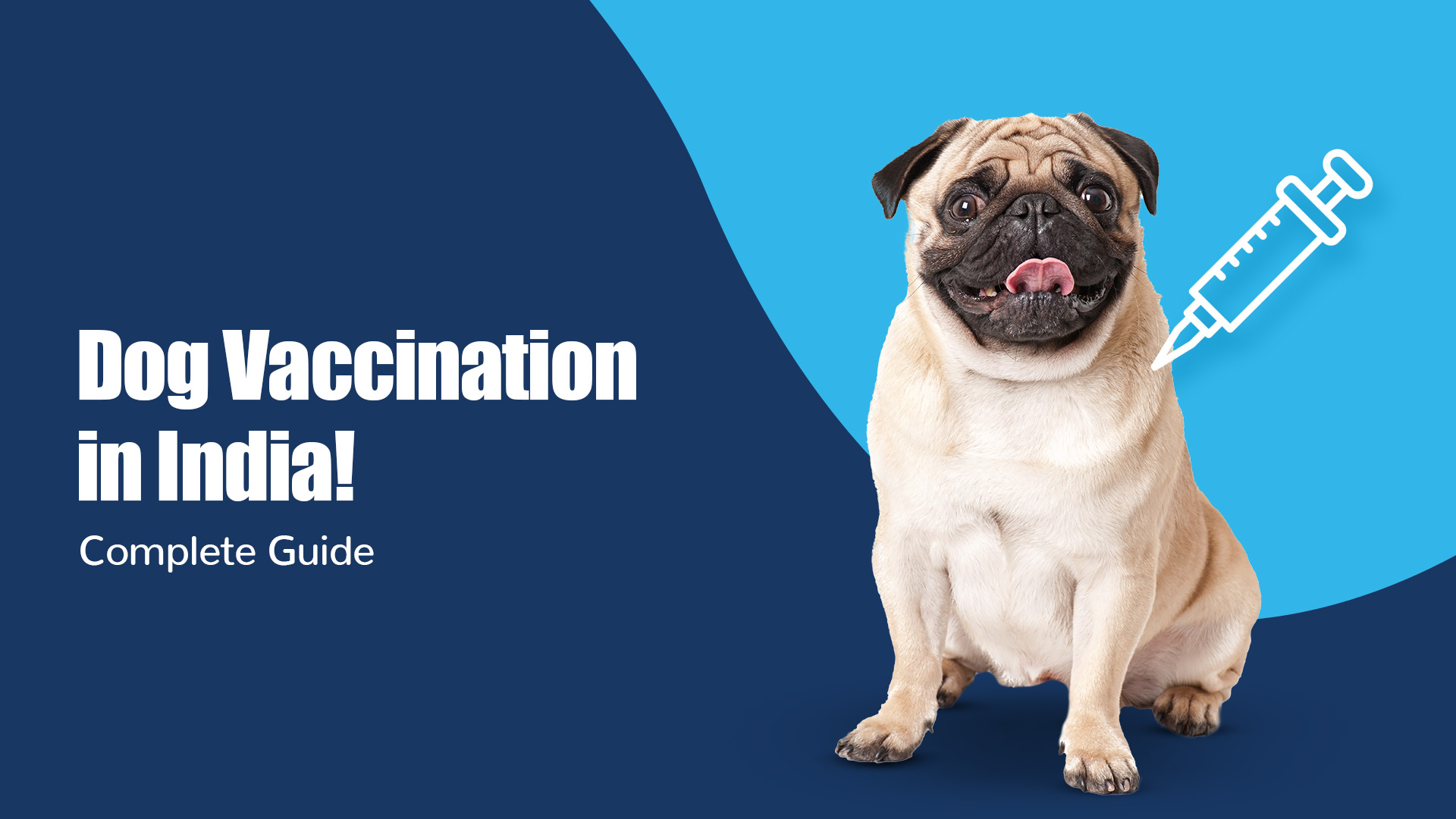
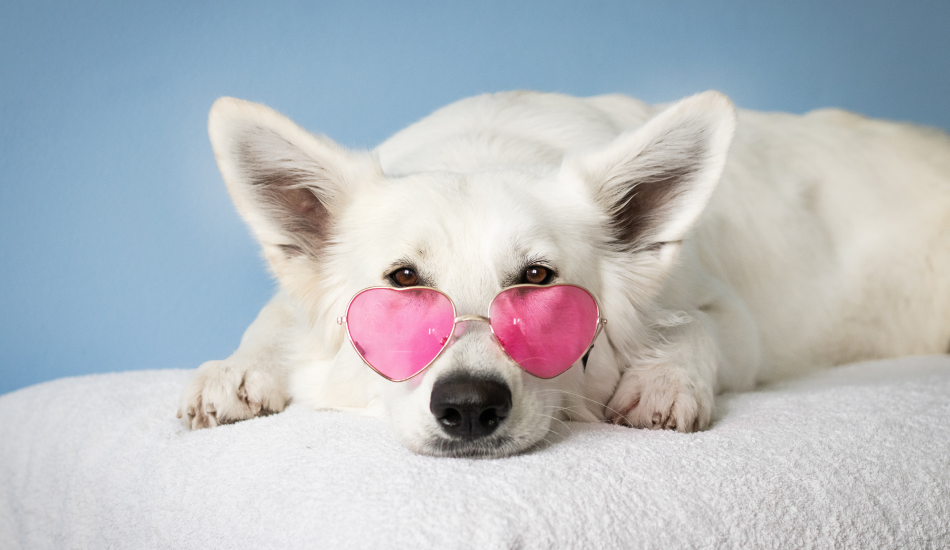



The information below is required for social login
Create New Account